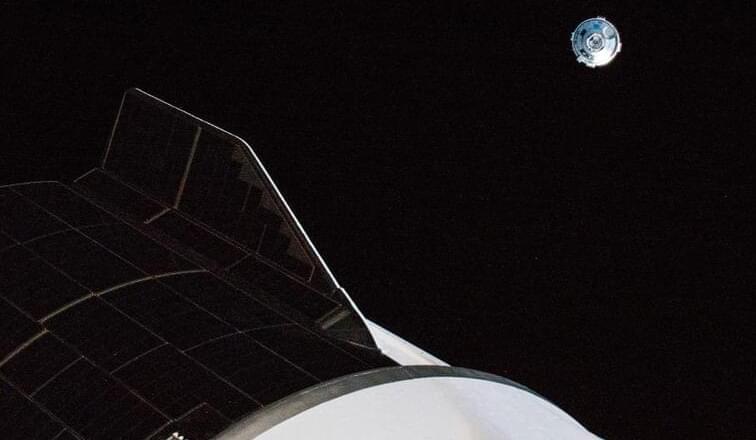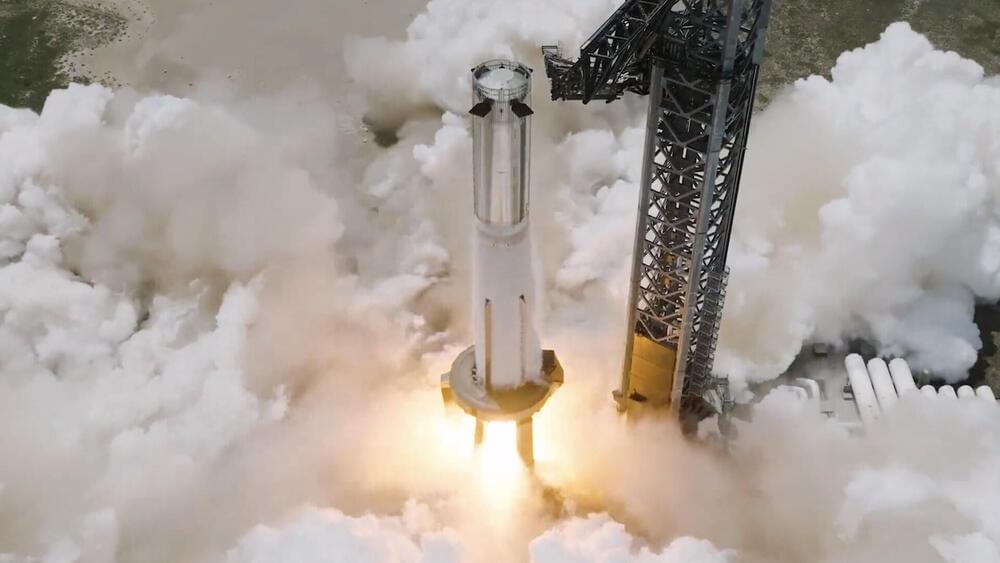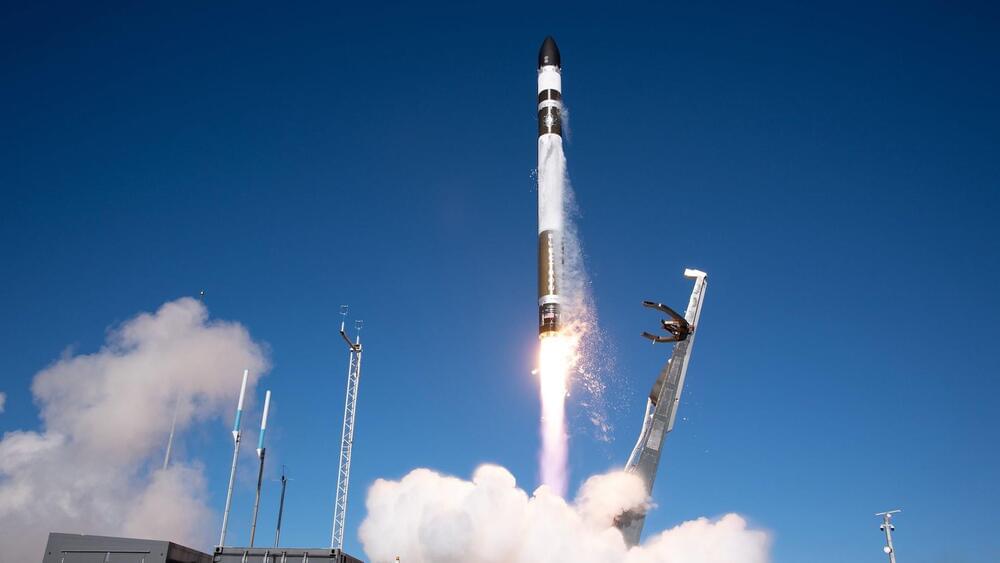Boeing’s latest Starliner delay highlights the widening gap between it and SpaceX, which is slated to launch its seventh crewed NASA mission.



The latest static fire engine test is part of SpaceX’s final preparations for the second test flight of Starship.
SpaceX has successfully performed another static fire engine test on its Super Heavy prototype, Booster 9.
The company is preparing for the second flight test of the massive rocket and CEO Elon Musk recently stated it could happen “soon.”

Four astronauts from four countries are on the ISS for the SpaceX Crew-7 mission.
SpaceX’s Falcon 9 rocket successfully launched four astronauts from different space agencies to the International Space Station (ISS) on Friday, after a one-day delay due to a technical issue with the spacecraft’s life support system.
As per NASA, the rocket lifted off from NASA’s Kennedy Space Center in Florida at 3:27 am Eastern Time (1:57 pm IST) carrying the Crew Dragon capsule named Endurance, which separated from the rocket’s upper stage about 12 minutes later.
The Japan Aerospace Exploration Agency’s (JAXA’s) SLIM lander will demonstrate accurate landing technology as well as a low-cost, lightweight infrastructure.
Japan is launching a lander to the lunar surface hot on the heels of India’s Chandrayaan-3 lander, which became the first to ever land near the lunar south pole this week.
A Japan Aerospace Exploration Agency’s (JAXA) H2-A rocket will launch the SLIM mission on August 28 at 09:26 JST (August 27, 20:26 EDT) from Tanegashima Space Center in southern Japan.

NEW DELHI, Aug 24 (Reuters) — The moon rover of India’s Chandrayaan-3 exited the spacecraft on Thursday to begin exploring the surface of the lunar south pole and conducting experiments, and was braced for new challenges, the space agency chief said.
The spacecraft landed on the unexplored south pole of the moon on Wednesday, making India the first country to achieve this feat just days after Russia’s Luna-25 failed in a similar mission.
The soft, textbook touchdown by the lander after a failed attempt in 2019 sparked widespread jubilation and celebration in the world’s most populous country. The media hailed the historic landing as India’s biggest scientific feat.
Four astronauts from four countries launched on SpaceX Dragon capsule to the International Space Station for a six-month mission. They lifted off from NASA’s…

For the first time, Rocket Lab reused one of its Rutherford engines, marking an important step in the road to reusability.
Rocket Lab launched an Electron rocket with a pre-flown Rutherford engine for the first time yesterday, August 23.
The company has experimented with a mid-air helicopter retrieval method, though it has settled on plucking boosters out of the ocean after a parachute-assisted splashdown.
Despite attempts to decrease excessive greenhouse gas emissions, significant methane releases were detected at the rocket site of the e-commerce giant.
Methane (CH4) is responsible for 11.4 percent of greenhouse gas emissions, according to the United States Environmental Protection Agency (EPA). Being the most potent gas, methane was also on the agenda for discussion at the White House.
According to Reuters, the Biden administration, on 23 July 2023, implemented a cabinet-level task to help organize federal agencies in employing technologies that identify methane leaks. They further emphasized enforcing methane regulations to tackle greenhouse gas emissions.

The SpaceX Crew-7 flight will take an international team of four to the space station. Moghbeli will be the only American abroad, and is leading the mission.
The daughter of Iranian political refugees, Moghbeli went to astronaut camp as a teenager and got a degree at MIT. She played three sports, including basketball, and with space in mind studied aeronautical engineering.
She later had a gutsy career as a Marine attack helicopter pilot, serving in more than 150 combat missions – part family tradition, part service to her country and part in service to her space dreams.
In his live public lecture at Perimeter Institute on February 5, 2020, astronomer Bryan Gaensler (Dunlap Institute for Astronomy and Astrophysics, University…